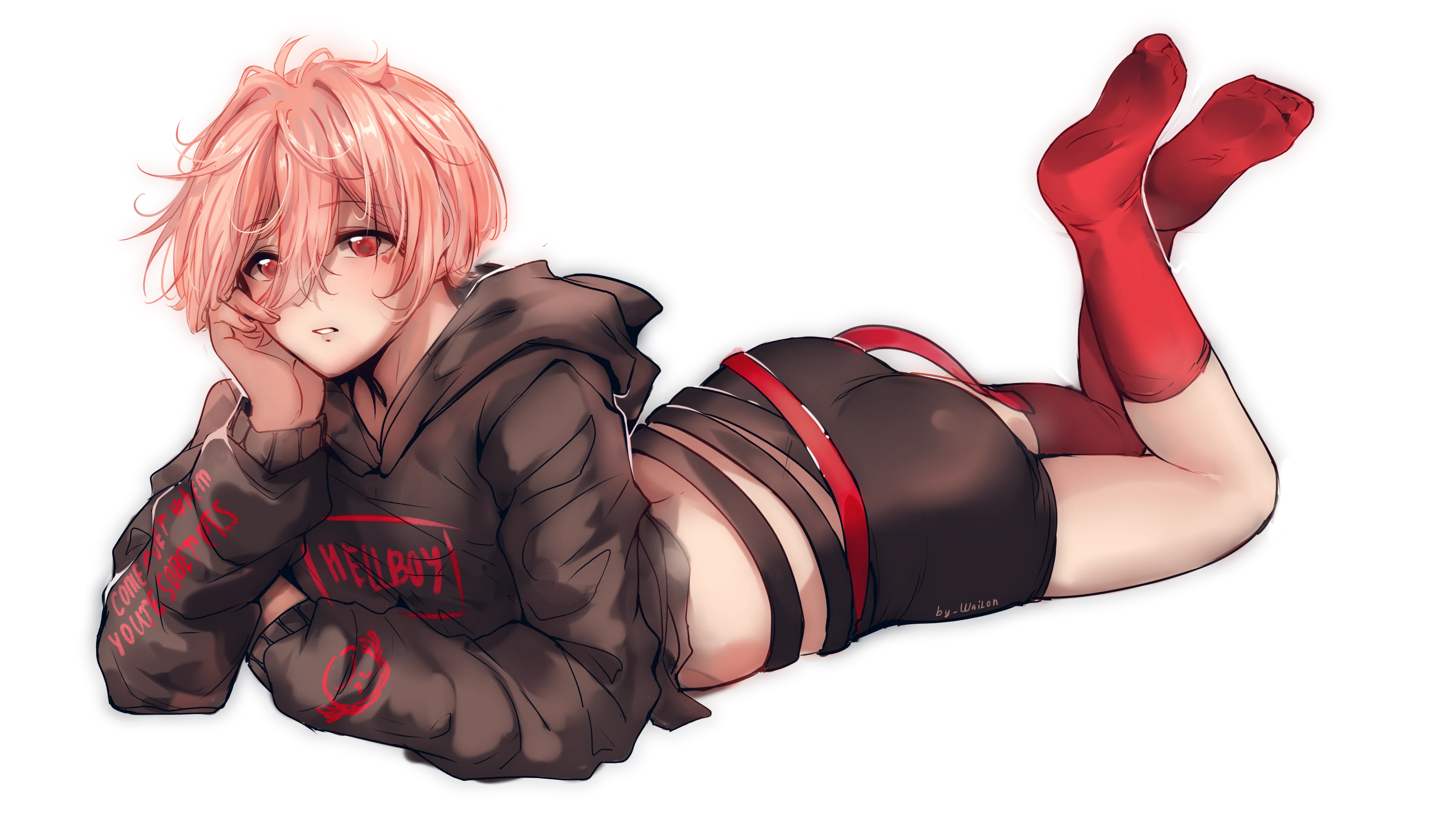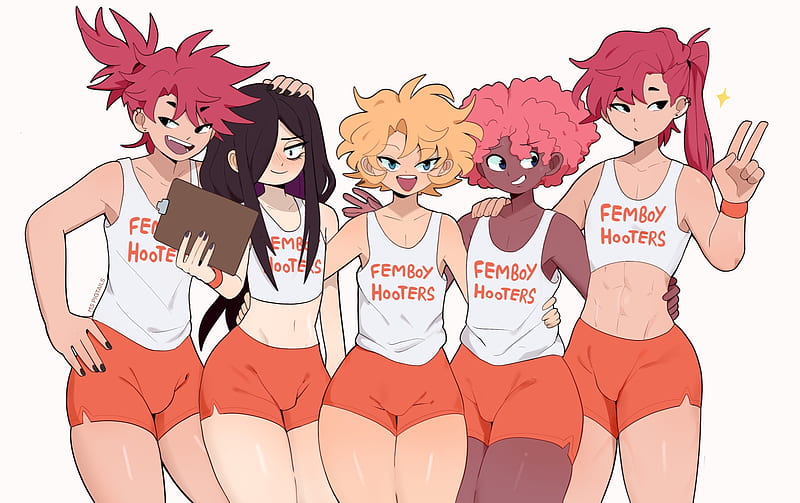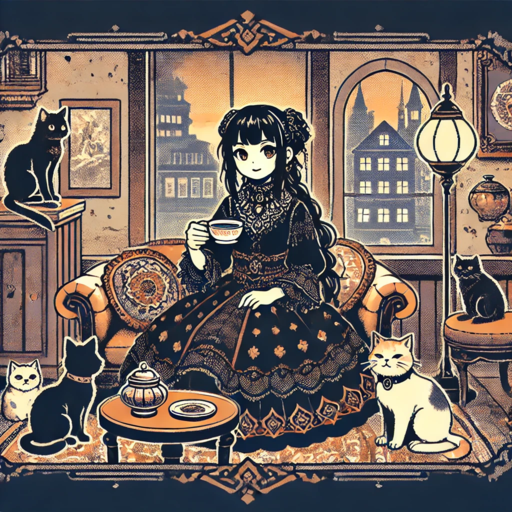Hello everyone! The world is changing rapidly. Let’s talk about such a concept as femboys. The topic is not simple but very interesting.

What is a Femboy?
A femboy is a term used to describe boys or young men who express themselves through feminine traits, such as clothing, behavior, makeup, and style, while still identifying as male. It’s important to note that femboys are not necessarily tied to a specific sexual orientation or gender identity. Their appearance and behavior often challenge traditional gender stereotypes, blending femininity with male identity.
Femboys often play with gender roles, offering new ways of self-expression and demonstrating that masculinity and femininity can exist outside rigid boundaries and societal expectations. They provide an alternative perspective on traditional gender norms, showing that anyone can express themselves in a way that feels comfortable to them, regardless of gender.

Cultural Significance of Femboys
The femboy phenomenon reflects modern societal changes in attitudes toward gender and self-expression. With the rapid development of media and the internet, femboy culture has found resonance in various communities, particularly among youth and the LGBTQ+ community. On social media platforms like TikTok and Instagram, femboys gain popularity due to their uniqueness and ability to break stereotypes.
Femboys have become a symbol of freedom of expression, independence from gender expectations, and norms. They offer an alternative path for those who do not wish to confine themselves to expressions of femininity or masculinity. In some cases, they can be seen as part of a cultural protest against outdated gender roles where masculinity and femininity are strictly separated and defined.
Femboys have also found their place in Japanese pop culture, particularly in anime and manga. Genres like “trap” and “bishounen” create characters who visually resemble girls but remain male. These characters often become popular due to their appearance and charisma, while also serving as a way to explore themes related to gender identity and roles.

Femboys in Video Games
Femboys in 18+ adult video games are becoming increasingly common characters, adding uniqueness and diversity to gameplay. They can play various roles, from romantic interests to central protagonists. Visual novels, RPGs, and other genres often use femboy characters to highlight the flexibility of gender norms and offer players new ways to interact with game worlds.
Some examples of games where femboys are prominently featured include “Trap Shrine,” “LIP! Lewd Idol Project,” and “Camp Buddy.” These games offer interactions with femboy characters and explore themes related to gender identity and self-expression. In these games, players can observe how femboys bring diversity and new perspectives on gender roles into the gaming environment.
Femboys also help create more inclusive and open-to-interpretation worlds, which is especially important for modern games where players are offered a wide range of relationships and interactions. Visual novels and simulators often allow for the exploration of femboy culture, giving players the opportunity to delve into gender experimentation and breaking stereotypes.

Conclusion
Femboys are not just a trendy term but an important cultural phenomenon that reflects modern shifts in perceptions of gender and self-expression. They demonstrate that femininity and masculinity can be flexible and interact with each other, breaking traditional stereotypes and opening new horizons for self-expression.
Femboy culture makes a significant contribution to creating a more inclusive and diverse society, where everyone can be themselves without being confined by strict gender norms. Adult video games that include femboy characters help explore these themes and create space for those seeking a new understanding of gender roles. Ultimately, femboys become a symbol of freedom and diversity in the modern world, showing that everyone has the right to self-expression, regardless of gender or societal expectations.










